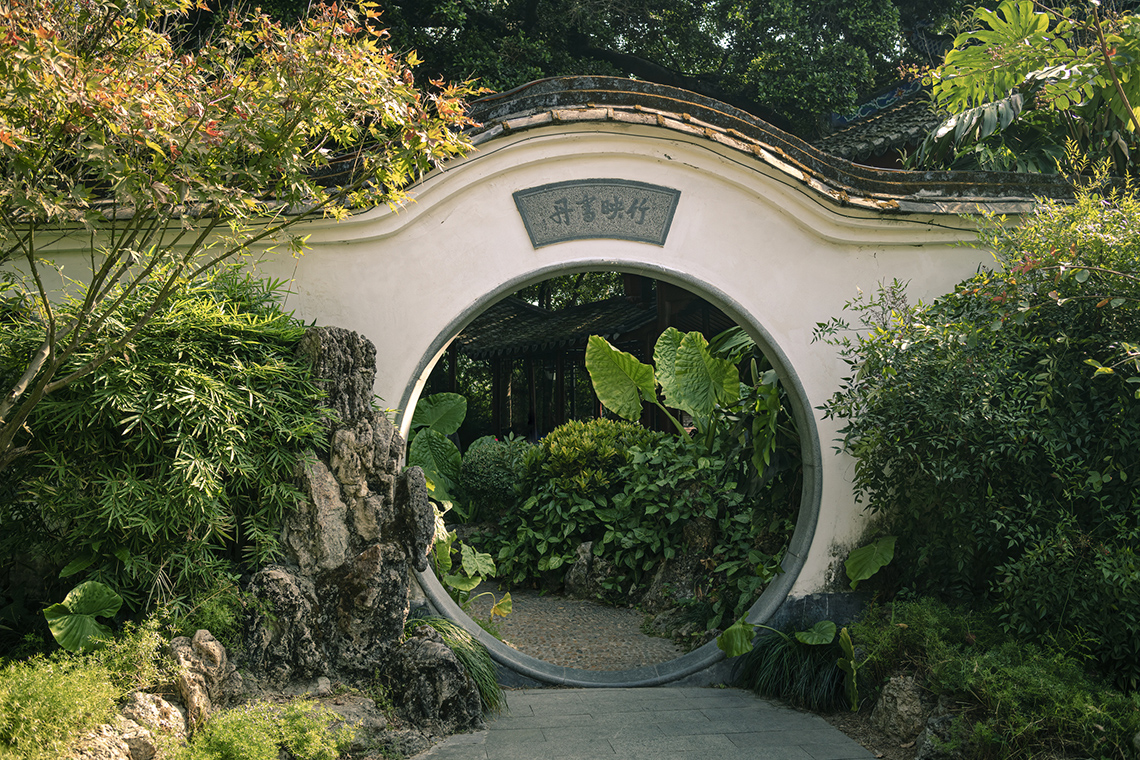Minds On
Measuring around a space
Can you think of a situation where someone might need to know the distance around a space or object?
What if someone wanted to build a fence around a garden?
They would have to calculate how much fencing to buy.

Brainstorm
Planning a fence
A student wants to install a fence around their garden.
Brainstorm how they might be able to figure out how much fence they need. What tools or strategies could they use to help? Record your thoughts using a voice recorder, speech-to-text, or writing tool.
Action
What is perimeter?
Perimeter is the distance around a shape. Think of measuring the outer part of a shape.
Explore the following video in which Teacher Sarah explains perimeter.
Perimeter example 1
Teacher Sarah explains that to find the perimeter of a shape, you need to add up the length of all of the sides.
For example, let’s review the rectangle that Teacher Sarah taught us about.
Did you use the same strategy as Teacher Sarah to find the perimeter of the rectangle?
Perimeter example 2
Let’s examine another shape.
In the video, Teacher Sarah helped us find the perimeter of a square.

The sides of a square are congruent since they are all the same length.
Each side length on the square is 10 meters. What is the perimeter of the square?
When you are ready, press ‘Answer’ to reveal the perimeter.
Solution
Since a square is made up of four equal sides, we can also find the perimeter by multiplying the length by four.
Polygon power
A polygon is a closed shape made of straight lines.

Practice 1
Let’s try calculating the perimeter of polygons.
Complete the Polygon Power activity in your notebook or using the following fillable and printable document. You can also complete this activity using another method of your choice.
Press the ‘Activity’ button to access the Polygon Power.
When you are ready, press ‘Solutions’ to reveal the answers to the Polygon Power activity.
Solutions
Question a)

I know that the star has 10 sides, each at 3 cm long. I know that I need to add each side to get the perimeter:
3 + 3 + 3 + 3 + 3 + 3 + 3 + 3 + 3 + 3 = 30
I know that I can also use my understanding of multiplication facts to find the same result:
10 × 3 = 30
The perimeter of the star is 30 cm.
Question b)

I know that a rectangle has 4 sides, and 2 sets of parallel sides.
6 + 6 = 12
3 + 3 = 6
12 + 6 = 18
The perimeter of the rectangle is 18 cm.
Practice 2
Explore the polygons in the following fillable and printable Polygon Perimeters document. Estimate the perimeter of each polygon using an appropriate metric unit. Next, use a measurement tool of your choice to check your estimate and record the perimeter.
Press the ‘Activity’ button to access the Polygon Perimeters.
When you are ready, press ‘Answers’ to reveal the solutions to the Polygon Perimeters activity.
Solutions
I know that the length of a staple is about 1 cm. I can use that information to estimate.
The star has 10 sides, and each seem about the length of one staple. My estimate for the perimeter of the star is 10 cm.
The side of the triangle seems to measure about 3 cm. The triangle’s sides seem to be the same, so my estimate for the perimeter of the triangle is 9 cm.
I know that rectangles have two sets of parallel sides, which means their measurement is the same. I think the sides measure 3 cm and 5 cm. My estimate for the rectangle is 16 cm
Based on my estimate of the rectangle, I approximate the perimeter of the 6-sided polygon is 20 cm.
Brainstorm
Reflect
Answer these questions as you review your work:
- Were your estimates close to the perimeters you measured?
- What strategies could you use when a polygon had lengths with the same or congruent sides?
Perimeter of curved shapes
A curved shape has at least one line that is curved instead of straight, like the entryway in the following image:

String it together
Follow these steps to learn how to find the perimeter of a curved shape.
Find some flexible material such as string, yarn, a shoelace, or dental floss.

Trace the outline of the shape with the flexible material.

Measure the length of flexible material.

Brainstorm
Finding the perimeter of irregular shapes
Describe how you would measure and determine the perimeter of an irregular shape, such as the following shape:

Consider these questions as you review your work:
- Which shapes are the most difficult to measure? Why?
- Would you need to use a flexible measuring tool for the parts of the shapes that were not curved? What could you use instead?
Consolidation
Perimeter challenge

Without measuring or using string, design four polygons and curved shapes you think will have the same perimeter. Design your polygons on grid paper, a digital app, or with blocks or shapes. Alternatively, you can create a detailed description to describe the polygons and how you could measure the perimeter.
Think about your learning
- Did your designs have the perimeter you were aiming for?
- How do you prefer to measure perimeter of irregular shapes? Explain.
Reflection
How do you feel about what you have learned in this activity? Which of the next four sentences best matches how you are feeling about your learning? Press the button that is beside this sentence.
I feel...
Now, record your ideas about your feelings using a voice recorder, speech-to-text, or writing tool.